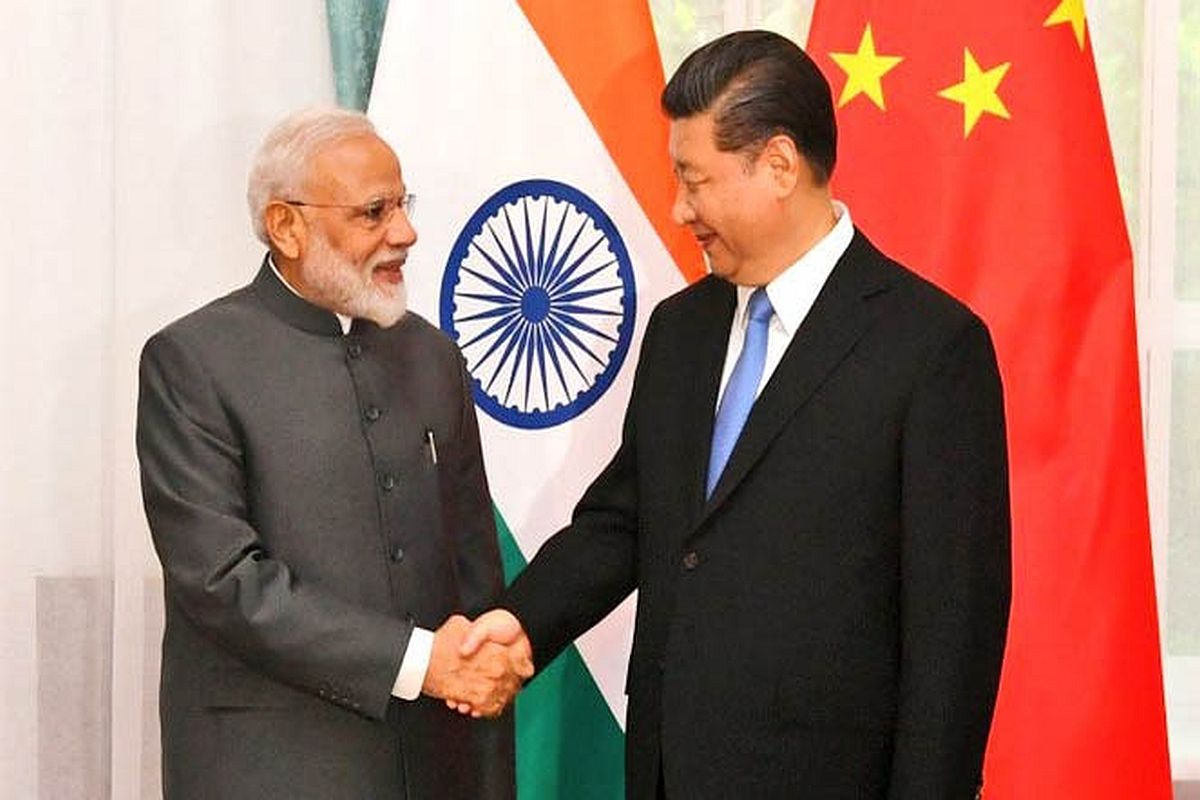The meeting between Prime Minister Narendra Modi and Chinese President Xi Jinping at the Brics summit at Kazan marks a significant moment in the evolving dynamics between two of the world’s largest economies. After five years without formal talks, the dialogue represents not only a step toward resolving longstanding tensions but also a potential shift in the broader trajectory of Sino-Indian relations.
This encounter comes after a prolonged military standoff along the Ladakh border, where both sides lost soldiers in a 2020 clash. The efforts to manage their differences now take centre stage, and the path forward could hold wide-ranging implications for the region and beyond. At the heart of their strained relationship lies the complex and unresolved border issue, which escalated following the Ladakh clashes. Over the past few years, both India and China have deployed additional military personnel to the region, contributing to an uneasy status quo. This escalation, however, has not been limited to the military front. Diplomatic and economic ties have also suffered, with India imposing stricter scrutiny on Chinese investments, halting direct flights, and curtailing visa issuance for Chinese nationals.
Advertisement
These moves, though understandable from a security perspective, also risk hindering India’s own economic growth, given China’s significant role in global trade and manufacturing. The significance of the Kazan meeting goes beyond the immediate resolution of border tensions. It signals the willingness of both leaders to prioritise dialogue and cooperation in an increasingly fragmented global landscape. As rising powers, both India and China recognise the value of managing their bilateral differences. Yet, the meeting is also emblematic of the fragile nature of their relationship.
Prior interactions between President Xi and Prime Minister Modi have been clouded by misaligned narratives and diplomatic subtleties, such as when both sides released divergent statements after their brief encounter during the BRICS summit in Johannesburg last year. These mixed signals suggest that while the nations are eager to project a sense of normality, deep-rooted distrust remains. Looking ahead, one of the key takeaways from the Kazan talks is the potential for increased Chinese investment into India. This is a critical development, especially as India positions itself as a global manufacturing hub and seeks to attract foreign capital to fuel its economic growth. The promise of Chinese investment, if realised, could benefit India’s infrastructure and industrial sectors.
However, India will need to carefully balance this opportunity with concerns about national security and economic sovereignty, especially in sectors deemed sensitive. The Modi-Xi meeting is a positive development for Sino-Indian relations, but the road ahead remains complex. As both nations strive to manage their differences and explore areas of cooperation, the success of these efforts will depend on their ability to build trust and maintain open lines of communication. The next phase of their relationship will likely be defined by a cautious yet pragmatic approach, as both leaders seek to navigate a shifting geopolitical landscape while safeguarding their national interests. These developments will be closely watched by the world, especially the West which had begun to see India as a bulwark against Chinese ambitions.









